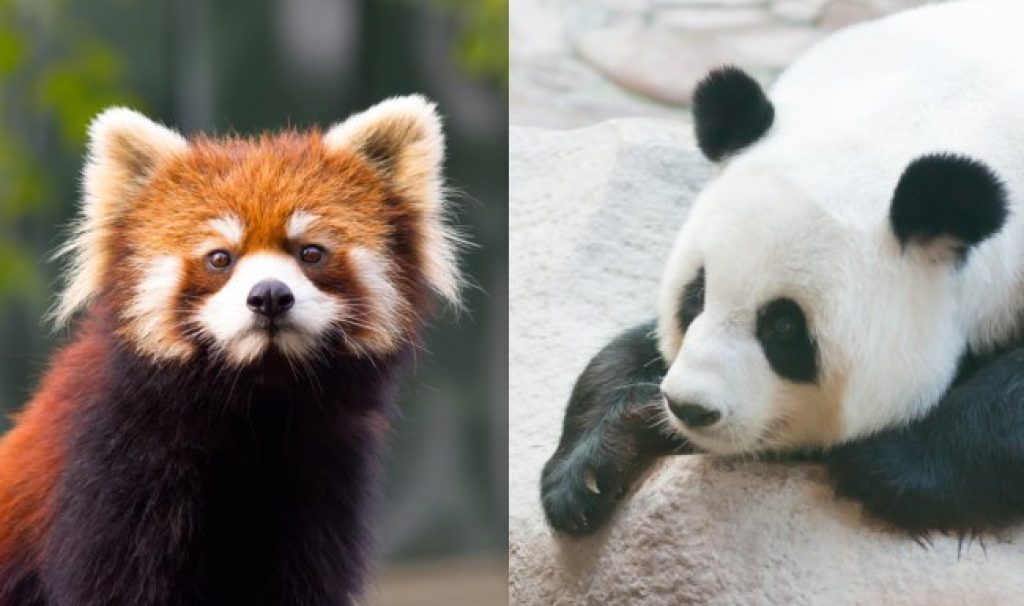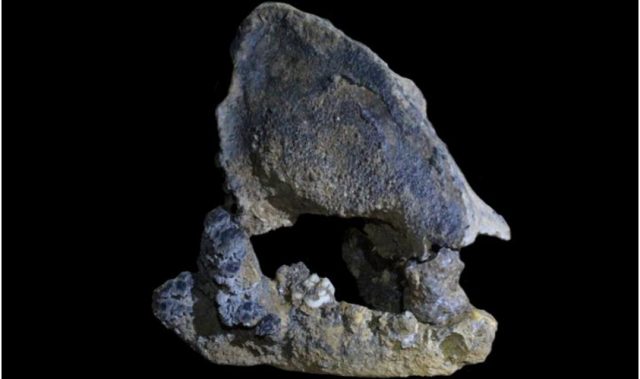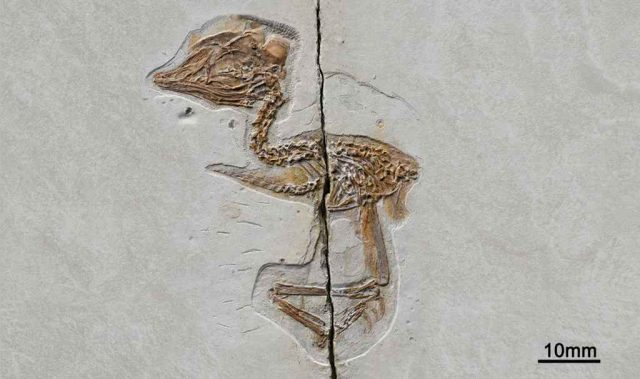
AsianScientist (Feb. 2, 2017) – Scientists have identified the genes that gave both the red panda and the giant panda their thumbs. These results have been published in the Proceedings of the National Academy of Sciences.
Giant pandas and red pandas look nothing alike. Evolutionarily speaking, they are different as well, having diverged more than 40 million years ago. Giant pandas are grouped along with other bears into the family Ursidae; red pandas, on the other hand, are more closely related to raccoons and ferrets, and have been placed in their own family, the Ailuridae.
Despite these differences, the pandas do share certain unique characteristics. They both evolved from meat-eating ancestors, but are now specialized herbivores that eat an almost exclusively bamboo diet. Both pandas have also evolved false or pseudothumbs—enlarged bone protrusions on their paws, all the better to grasp sticks of bamboo with.
For biologists, the pandas are an excellent opportunity to study convergent evolution—a phenomenon in which distantly related species, faced with similar evolutionary problems, independently evolve similar traits. A classic example of this is wing evolution in birds and bats. These animals did not inherit their wings from a common ancestor, but instead evolved them independently, presumably under similar environmental pressures.
It’s easy to observe convergent traits when they have clear morphological or physiological effects—wings and pseudothumbs, for example. But evolutionary biologists are also interested in understanding how convergent evolution works at the level of the genome.
Using high throughput DNA sequencing and comparative genomics, a team led by conservation geneticist Professor Wei Fuwen at the Chinese Academy of Sciences’ Institute of Zoology has now uncovered a genetic basis for how giant and red pandas evolved their shared features.
For this study, the researchers sequenced the red panda genome for the first time. They also improved on the already-available giant panda genome assembly by incorporating more sequencing data. They then compared the two genomes, and found 70 genes that showed evidence of convergent adaptation in both pandas.
Two such genes—DYNC2H1 and PCNT—play roles in limb development. In mice and humans, mutations in these genes have been found to cause polydactyly (extra digits) and abnormal skeletal development. These genes also encode amino acid changes in both pandas that are not found in other related mammalian species; the researchers propose that these changes could together contribute to the development of false thumbs.
Several other genes which show evidence of convergent adaptation are involved in protein digestion and vitamin uptake and metabolism; these may help pandas extract the maximum amount of sustenance from bamboo, which is nutrient-poor and difficult to digest.
The two pandas also share ten pseudogenes—genes that have been rendered non-functional over evolutionary time and that no longer encode working proteins. Notably, this included TAS1R1, which encodes a receptor that allows animals to taste the umami flavor in meat and other protein-rich foods. Both pandas evolved from meat-eating ancestors; this loss of function, say the authors, could be due to evolutionary constraints on the gene being relaxed as the animals shifted from carnivory to herbivory.
The study illustrates how genomics can provide answers to important evolutionary questions such as how convergent features arise, and how animals make a shift to a highly specialized diet, the authors write. Besides this, it also provides basic scientific insights into the pandas’ biology that could be useful for conservation efforts, Wei told Asian Scientist Magazine.
The article can be found at: Hu et al. (2017) Comparative Genomics Reveals Convergent Evolution Between the Bamboo-eating Giant and Red pandas.
———
Copyright: Asian Scientist Magazine; Photo: Shutterstock.
Disclaimer: This article does not necessarily reflect the views of AsianScientist or its staff.












